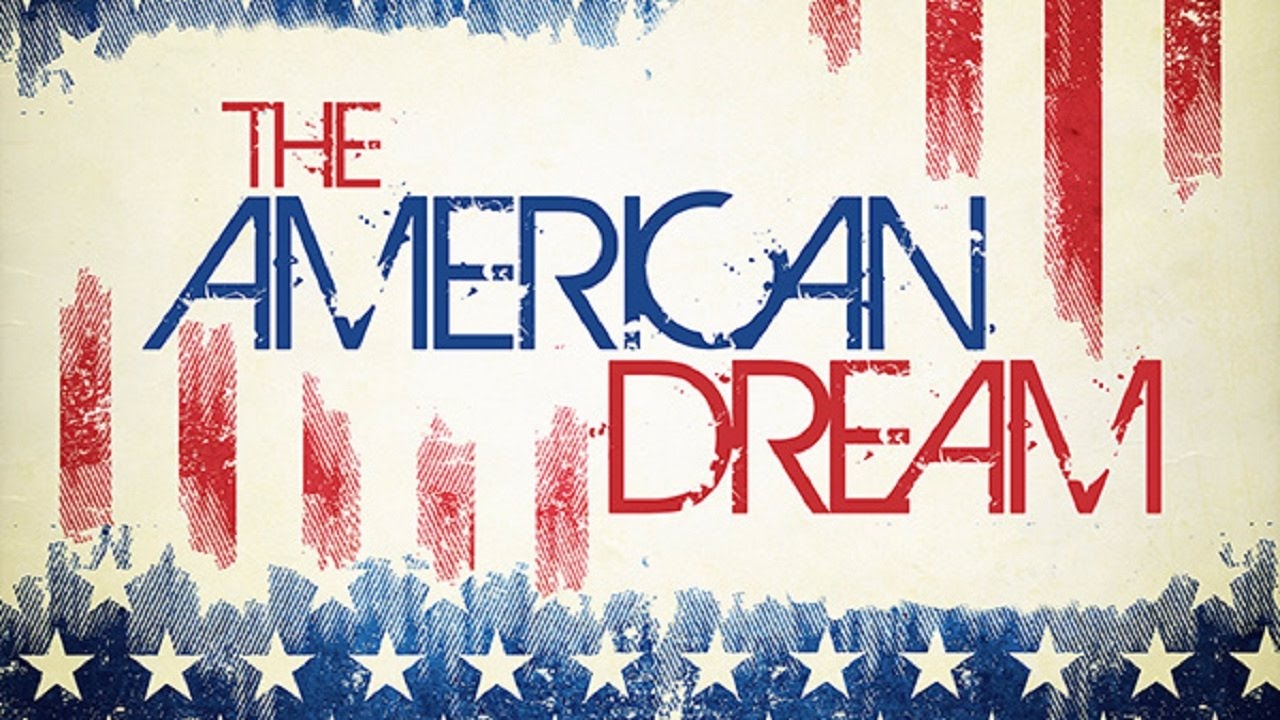National Dream Needs Uplifting
Americans, both native-born and immigrant, share many dreams. The national dreams are sets of beliefs that unify and inspire the country. Their dreams build self-confidence that help to live and work and succeed.
This almost-post-pandemic summer is a good time to uplift time-honored perception of the American national dream by seeing how fares among others.
The American Dream

The American Dream concept always intrigued me. In its earliest days, the Puritans — and, a century later, Benjamin Franklin — saw that they could accumulate fortunes and fulfill their dreams by perseverance and hard work.
Later, starting with the California gold rush and continuing through today’s super-jackpot lottery fever, it evolved to encapsulate dreams of instant wealth and fame through good luck.
Although media strips the American Dream to the bare bones, its well-known interpretation by James T. Adams embraces not only achieving wealth by hard work but also developing one’s full potential in a country free from barriers erected by some older civilizations. In 1998, Ted Ownby spelled out its four aspects, as dreams of:
- Abundance
- Democracy
- Freedom
- Innovation/creativity.
And this is exactly what I heard when interviewing prominent women for my 2019 book, How They Made It in America, https://www.amazon.com/How-They-Made-America-Strategies/dp/1480871834. The immigrants and native-born Americans alike, seek to realize their full potential in a country that fully delivers on freedom. The “new blood” of talented immigrants constantly fuels entrepreneurship and creativity.
The essence of the American Dream—and its perception worldwide—becomes crystal-clear when we compare it to other national dreams. Let us look into it deeper.
The European Dream
Interestingly, the world learned about the European Dream from a 2004 book by the American social thinker Jeremy Rifkin who articulated the basis of EU ideology. “The European Dream” offers a systematic comparison of US-American vs. European values, lifestyles, economy, wealth accumulation/distribution, social mobility, dealing with diversity, healthcare, welfare, and what not—to prove that the European vision is “quietly eclipsing the American Dream.”
One big problem of this is that it is not the American Dream that Rifkin discusses but the total of the US socio-economic establishment: the popular term, “American Dream” is overstretched here like an old elastic band, to cover almost everything.
Mr. Rifkin is a knowledgeable man. But his downgrading-America analysis has been misguided. Here’s why:
- The American Dream is a set of personal beliefs requiring optimism and hope, abundant in America, while there’s still a pessimistic edge ingrained in an average European. But Rifkin says American optimism is unsustainable.
- The American Dream has stood the test of time as part of the US-American psyche, while simple folks in Europe never heard of any European Dream. So, Mr. Rifkin invented it for them, period. It proved to be unsustainable.
- As Tony Blair once remarked, countries are best judged by how many people want to move there. According to Gallop-2013 and to Gallop-2018, the US “remains the most popular destination in the world for potential migrants.” But Rifkin says the grass is greener in the European yards.
- In today’s post-pandemic world, however, the European grass does not appear as green as it used to. The G7 Summit demonstrated American leadership, again, with Americans dreaming and doing in step with the times.
The Chinese Dream
Let us look closer at China too. In 2013, China’s General Secretary, Xi Jinping, began promoting the Chinese Dream of “national rejuvenation, improvement of people’s livelihoods, prosperity, construction of a better society, and military strengthening.” It looks modeled after the American Dream—with added win-win cooperation, Chinese-culture-style. Although the precise meaning of the Chinese Dream is vague, one thing is clear: official propaganda has gone into overdrive trying to rally the public around it, and have it ingrained in the national psyche. It is featured in newspaper editorials, TV debates, university courses, even school textbooks.
The attempt to unite the increasingly diverse Chinese nation through the Chinese Dream is all right – but its troubling whiff of “repackaged authoritarianism” continually worries the rest of the world.
In Comparison
Compared with the European and Chinese dreams, the American Dream is alive and well, evolving and shining. We must honor all its four components: a dream of abundance; of democracy; of freedom of choice; and of unhampered innovation.
America is still extremely desirable for free-minded, creativity-minded, hard-work-minded people who pursue big dreams. Thus, in 2018, 44.7 million immigrants (foreign-born individuals) comprised 14 percent of the national population.
Therefore, reducing the American Dream of the native-born and foreign-born population to prosperity and thus presenting US-Americans as primitive fame-and-fortune hunters is unfair. America is different, and whatever it is today, we are on the move—dreaming and doing—and we will build back better!
I am Fiona Citkin, and I approve this message.

Follow me at

